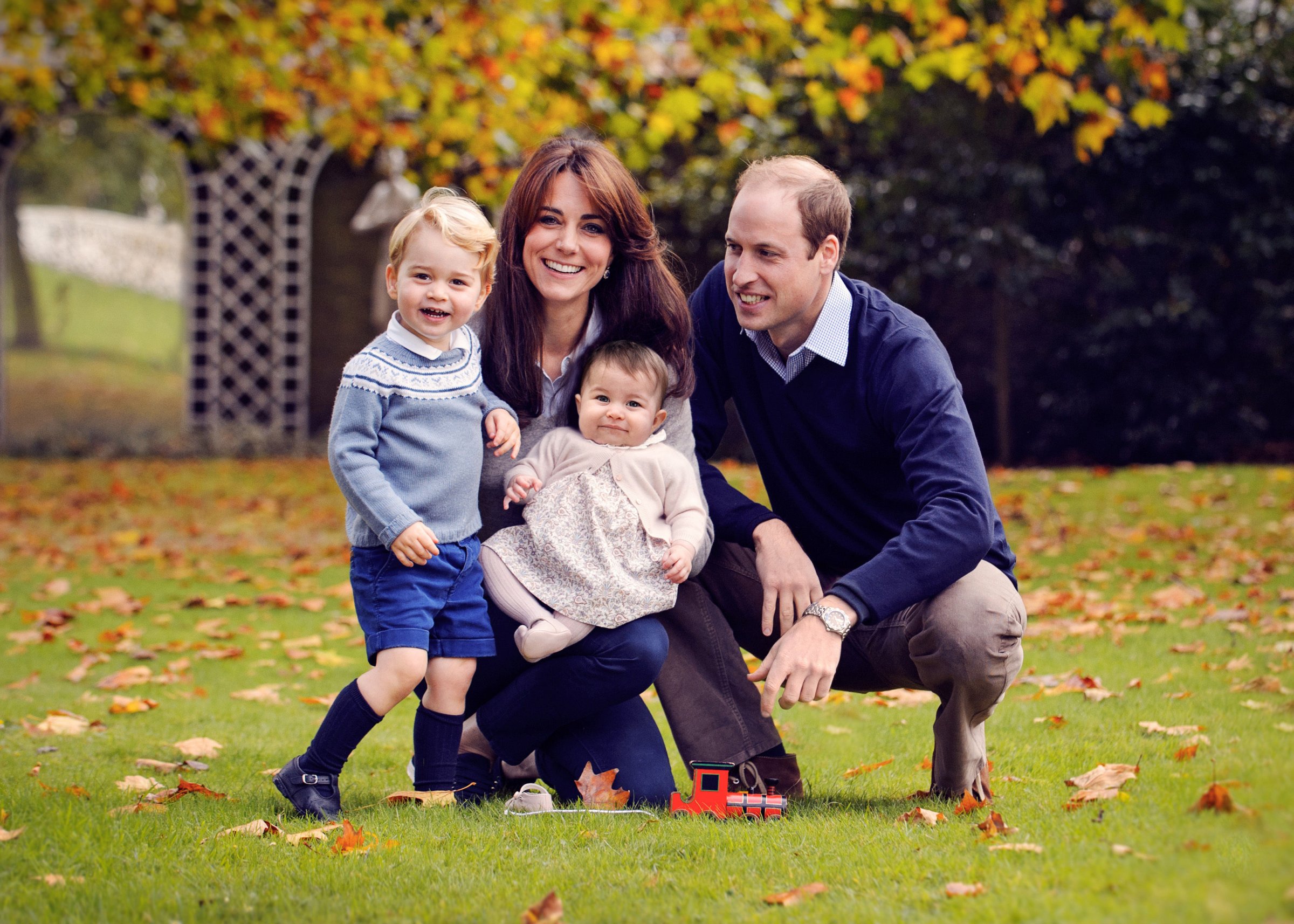
Saturday marks the start of the Duke and Duchess of Cambridge’s eight-day trip to British Columbia and Yukon — their first tour of Canada with both Prince George, 3, and 16-month-old Princess Charlotte in tow.
The Royal Family visit Canada fairly regularly; Prince Harry flew to Toronto in May to promote the third Invictus Games, Prince Charles and his wife Camilla were there for a brief visit in 2014 and the Queen’s daughter, Princess Anne, has been three times in three years. Even Prince William and Kate Middleton were in Canada fairly recently; they visited Nova Scotia, Manitoba and Ontario on their first overseas tour as husband and wife, just two months after their 2011 wedding.
Behind all of those visits is a special — yet tumultuous — relationship between the two countries, which are 3,000 miles apart but closely connected by history.
The British Empire
Throughout the late 18th and early 19th centuries and around the time of the American War of Independence, huge numbers of British and Irish settlers emigrated to British North America, as the precursor to Canada was known back then. They created many geographically, politically and economically separate provinces, and displaced large numbers of indigenous people, many of whom died of European diseases for which they lacked immunity.
After a century of ruling Canada from Westminster, the authority of the British Parliament was eventually transferred to the independent Canadian Parliament under the British North America Act of 1867, signed on July 1. That date has since been celebrated annually as Canada’s Independence Day.
As part of that act, Nova Scotia, New Brunswick, Ontario and Quebec merged to become the Dominion of Canada, a confederation enjoying full self-government with the exception of international relations. (The 1923 Imperial Conference later affirmed that dominions had the right to pursue their own foreign policy autonomously from Britain and the Empire.)
The constitutional ties between the United Kingdom and Canada officially ended as late as 1982, with the passing of the Canada Act. Queen Elizabeth II stood on a wooden platform on Ottawa’s Parliament Hill and proclaimed Canada wholly independent, giving it the power at last to amend all of its own constitution, 115 years after it was granted self-rule.
Get your history fix in one place: sign up for the weekly TIME History newsletter
Support in wartime
Canadians have a strong tradition of supporting Britain in war. In 1914, Sir Wilfrid Laurier, the seventh Canadian Prime Minister, declared: “It is our duty to let Great Britain know and to let the friends and foes of Great Britain know that there is in Canada but one mind and one heart and that all Canadians are behind the Mother Country.”
And yet, the enormous sacrifices made by Canadians during World War I (close to 61,000 were killed) led to increased nationalist tendencies among citizens who felt that Canada should look out for Canadians first.
However, when the Second World War arrived, Canadians remained loyal and at times the country was Britain’s principal North Atlantic ally, as well as a major weapons and food source. Some 81 members of the Canadian military have been awarded the Victoria Cross, the highest military decoration awarded to members of the British and Canadian Armed Forces.
A Commonwealth of Nations is born
As the British Empire began decolonizing, a Commonwealth of Nations was founded in 1931, made up of recently-independent countries that were formerly part of the empire. The five initial members were the U.K., Canada, Ireland, Newfoundland (which became part of Canada in 1949) and South Africa.
Today, the Commonwealth consists of 53 member states, constituting about 30% of the world’s population. It remains a voluntary association in the business of promoting democracy, good government, human rights, and economic development. South Africa was forced out in 1962 over apartheid and didn’t rejoin until that policy was ended, in 1994.
Sharing a Royal Family
Despite Canada gaining parliamentary independence in 1867, at Queen Elizabeth II’s coronation in 1953, she became not just the British sovereign but also Queen of Canada (as well as Australia, New Zealand, the Union of South Africa and other regions).
Even today, the British Queen remains an important (if largely symbolic) part of official Canadian protocol; new sessions in Canadian Parliament begin with a speech from the throne, those applying to become Canadian citizens swear their allegiance to the Queen and there’s a national holiday on May 19th to celebrate the royal’s official birthday.
However, support for the Royal Family in Canada is fading: a poll conducted in 2014 revealed that just under four in ten Canadians favor abolishing the monarchy in Canada after the current Queen’s death, and the upcoming visit by Prince William and Kate Middleton will see calls for the royals to acknowledge the harms done by the colonial system to indigenous populations in Canada.
But regardless of this flailing support and well founded criticism for the British Royals, there’s already no doubt that the movements of William, Kate, George and Charlotte during their time in Canada will be of interest to thousands of citizens from the moment they touch down in Victoria Airport.
More Must-Reads From TIME
- The 100 Most Influential People of 2024
- The Revolution of Yulia Navalnaya
- 6 Compliments That Land Every Time
- What's the Deal With the Bitcoin Halving?
- If You're Dating Right Now , You're Brave: Column
- The AI That Could Heal a Divided Internet
- Fallout Is a Brilliant Model for the Future of Video Game Adaptations
- Want Weekly Recs on What to Watch, Read, and More? Sign Up for Worth Your Time
Write to Kate Samuelson at kate.samuelson@time.com